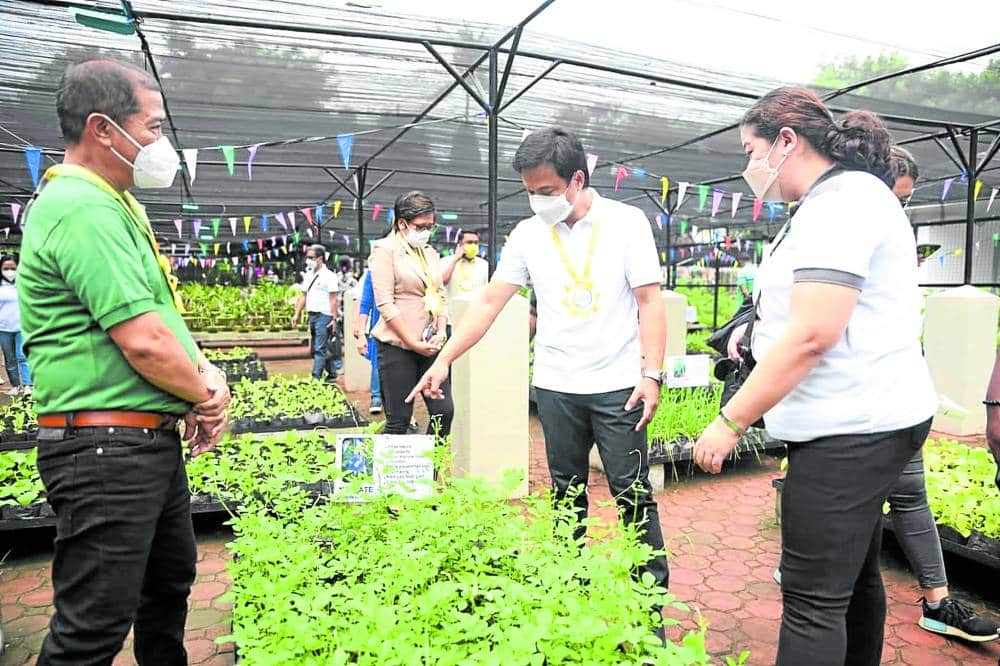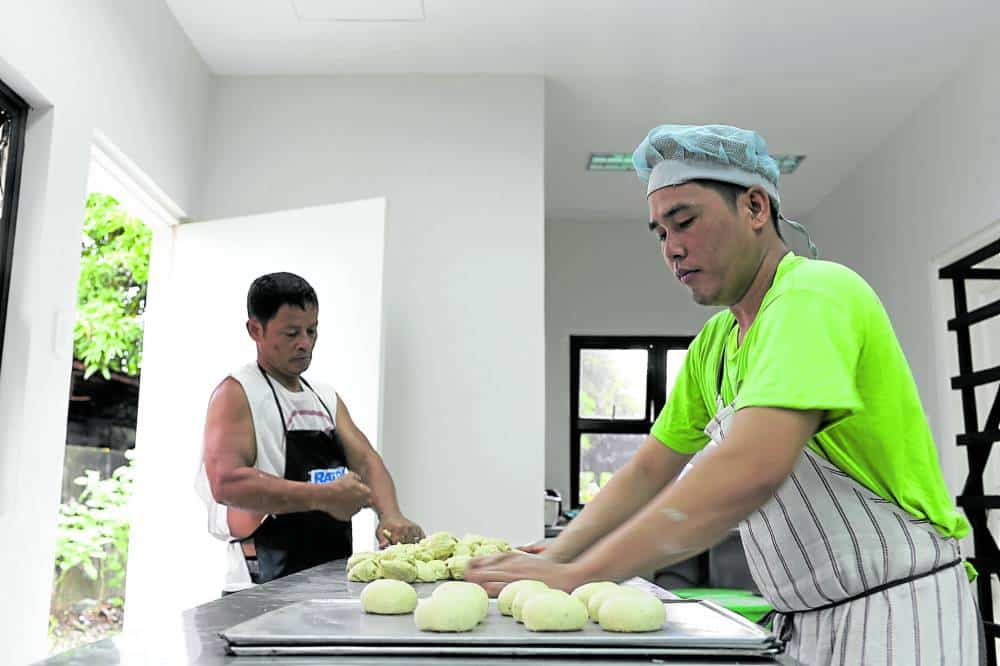
Laguna Gov. Ramil Hernandez has implemented various programs related to agriculture, a pillar of the province’s economy.
Only an hour away from the capital region, Laguna, which houses industrial estates and residential developments, has been cementing its status as one of the country’s fast-growing economic hubs.
Data from the Philippine Statistics Authority (PSA) showed in April that the economy of Calabarzon—composed of Batangas, Cavite, Laguna, Quezon, and Rizal—showed robust growth at P3.10 trillion in 2023, up from a year ago’s P2.94 trillion.
Among the country’s 82 provinces, Laguna also dominated as the largest provincial economy in 2022, contributing 5 percent to the gross domestic product. This, despite the lockdowns brought about by the COVID-19 pandemic, which shuttered nearly all sectors from 2020 to mid-2022.
Laguna Gov. Ramil Hernandez is optimistic about the prospects of his province maintaining its lead and becoming an economic powerhouse. To sustain the momentum, he said the provincial government of Laguna is bent on advancing key projects anchored on the current administration’s eight-point Serbisyong Tama Program: health, social welfare services, education, employment, agriculture and food security, infrastructure, peace and order, and a transformative and professionalized bureaucracy.
“These future plans represent a comprehensive and forward-looking vision for the province, with a focus on infrastructure, health care, tourism, and economic diversification,” Hernandez said.
Investing in people
According to Hernandez, more than half of Laguna’s funds every year are earmarked for social services, ranging from “financial, medical and burial to the technical, requests for courtesy calls, and even the mundane.”
In the education sector, the number of Lagunense students receiving financial assistance from the provincial government has ballooned to more than 20,000 in 2023 from 3,000 in 2015.
To trigger economic development at the local level, Laguna has provided livelihood training to over 36,000 individuals, with potential ventures in meat processing, detergent and cleanser making, handicrafts, as well as the production of delicacies and other nonbake food products.
The provincial government has worked closely with other agencies, such as the Department of Labor and Employment, to help jump-start Lagunenses’ careers, Hernandez said. “These programs form a comprehensive strategy aimed not only at addressing immediate economic challenges but at laying the groundwork for sustained community development.”
Boosting agriculture
Mirroring the Marcos administration’s push to modernize and strengthen the agriculture sector, Hernandez said the local government has funds allocated to provide “robust” infrastructure for the sector, including vital post-harvest facilities and irrigation canals.
The governor highlighted his plan to provide efficient transportation for the province’s local farmers through an integrated farm-to-market road network designed to link agricultural areas to markets and ensure the “cost-effective” delivery of agricultural products.
“By investing in rural infrastructure, we aim to … improve market access and enhance the overall resilience of the agricultural supply chain,” he said.
An agro-industrial park will also be part of the plan, integrating agricultural activities with industrial processes. The hub will encourage activities focused on agribusiness as well as technology transfer and research. However, the governor stressed the need to complement boosted agriculture with practices aimed at environmental protection.
“By promoting techniques that prioritize environmental conservation, soil health and water management, we aim to ensure that our agricultural endeavors not only meet immediate needs but also safeguard the long-term health of our ecosystem,” he said.
Beefing up health care
Continuing its commitment to beef up health care, Hernandez said the provincial government will build a Laguna regional hospital with “advanced” and “comprehensive” medical care.
When the facility becomes operational, he said it should be able to remove barriers to accessing quality health-care services. For now, the local government has launched an outreach program to bring medical assistance to remote barangays across the province.
Through this initiative, residents can have receive check-ups, vaccinations, and medical tests like ECG, Pap smear and laboratory tests. A wellness center focused on women, providing gynecological services, family planning consultations and wellness activities like nutrition and stress management, is also in the works.
Hernandez said they would continue prioritizing “strategic resource allocation, infrastructure development and community engagement” to ensure robust public health and the residents’ overall wellness.
More infrastructure
Hernandez is spearheading more than 1,400 infrastructure projects for the province, from community facilities and hospitals to an extensive network of roads, all designed to bolster Laguna’s economic advancement. Commencing soon is the construction of the Calamba to Bay viaduct, part of the province’s “significant future development,” according to the governor.
Laguna Gov. Ramil Hernandez (second from left) says funds are regularly set aside to provide “robust” infrastructure for the agriculture sector. —PHOTOS FROM THE PROVINCIAL GOVERNMENT OF LAGUNA
The project aims to decongest traffic and boost connectivity within Laguna. The local government is also stepping up promotions of Laguna as a tourist destination, given the province’s rich cultural heritage and natural beauty.
A comprehensive tourism plan includes the establishment of the Laguna Heritage, Cultural and Trade Center. “By highlighting Laguna’s unique attractions and creating infrastructure to support tourism, we aspire to stimulate economic growth, create job opportunities, and showcase the province’s cultural and natural treasures to a wider audience,” Hernandez said.
Laguna ensures that agriculture projects meet immediate needs and also safeguard the long-term health of the ecosystem.
A number of the country’s influential business groups also joined the local government last February in launching a center in Calamba that will promote joint ventures between the public and private sectors.
And to ensure that the provincial government is always in touch with the concerns of its constituents, Hernandez has been implementing a “People’s Day” to enhance the people’s access to their leaders. This initiative, he said, should pave the way for the creation of “a more inclusive and responsive framework for essential services within our community.” INQ


